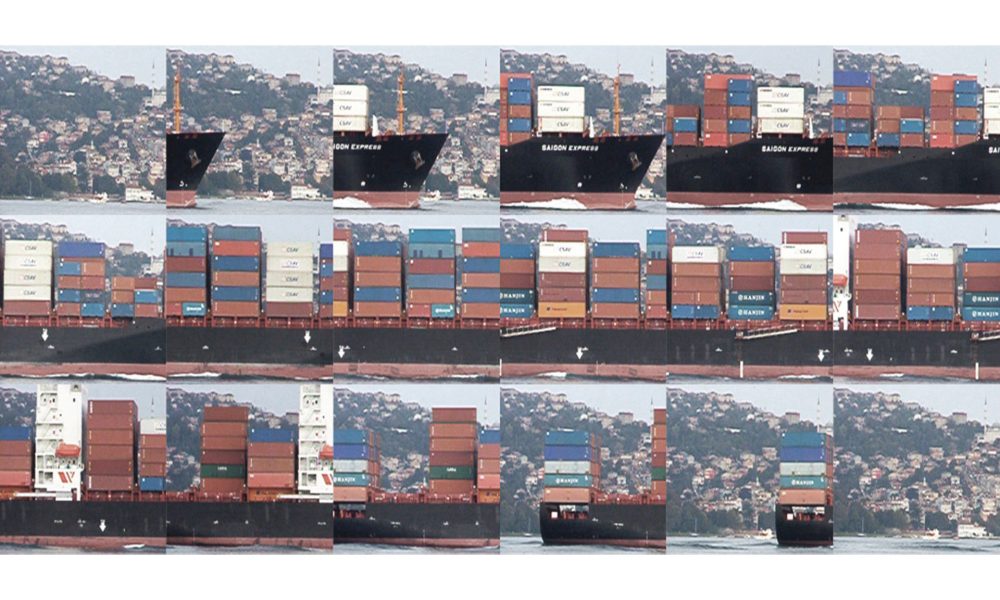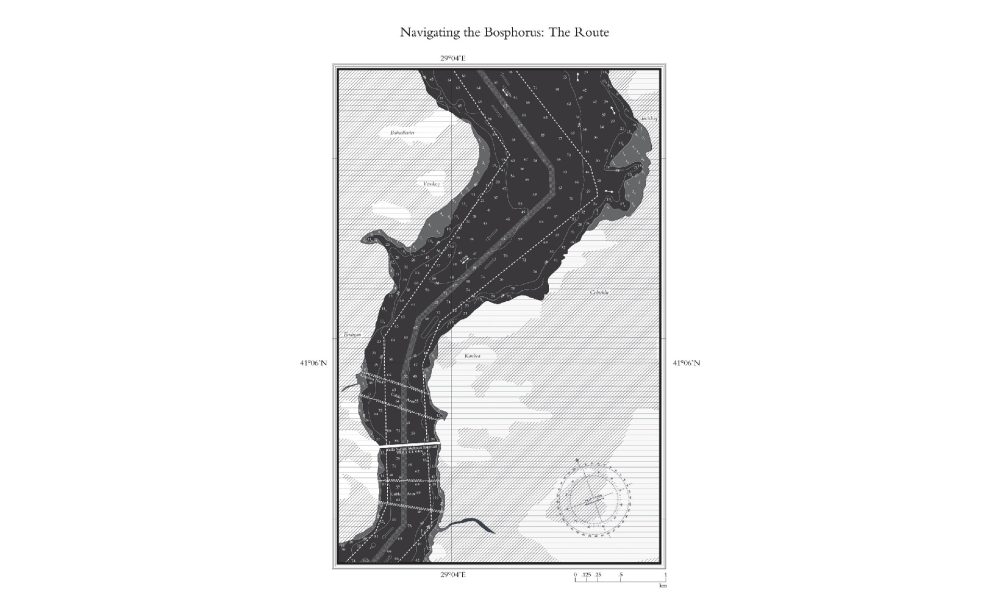Twentieth-century Istanbul has been the scene for a constant dialogue between geography and urbanism. Fueled by the city's ever-changing geopolitical positioning and urban growth, this dialogue generated various interpretations of the city's relationship with its landscape and territory. Through a geographic framework, the research examines the urbanism of Istanbul by focusing on three episodes in the evolution of the city. Titled the Strait, the Highway, and the Hinterland, each episode describes a different era in the city's history and presents a specific relationship—territorial, infrastructural and ecological—established between the geography and urbanism of the city.
By focusing on Istanbul, the research speculates on the potential of a geographic framework for architecture. Why geography? Architecture needs geography in order to transcend dichotomies such as nature vs. culture or national vs. international and to further articulate the spatial framing of their dispositions. In an era of ecological and political crises, it is through a geographic framework that urban research can reveal unconventional spatial relationships and design can disturb the consensus on positivistic urban managerialism and apocalyptic catastrophism while bringing these frameworks into public and disciplinary imaginaries.









